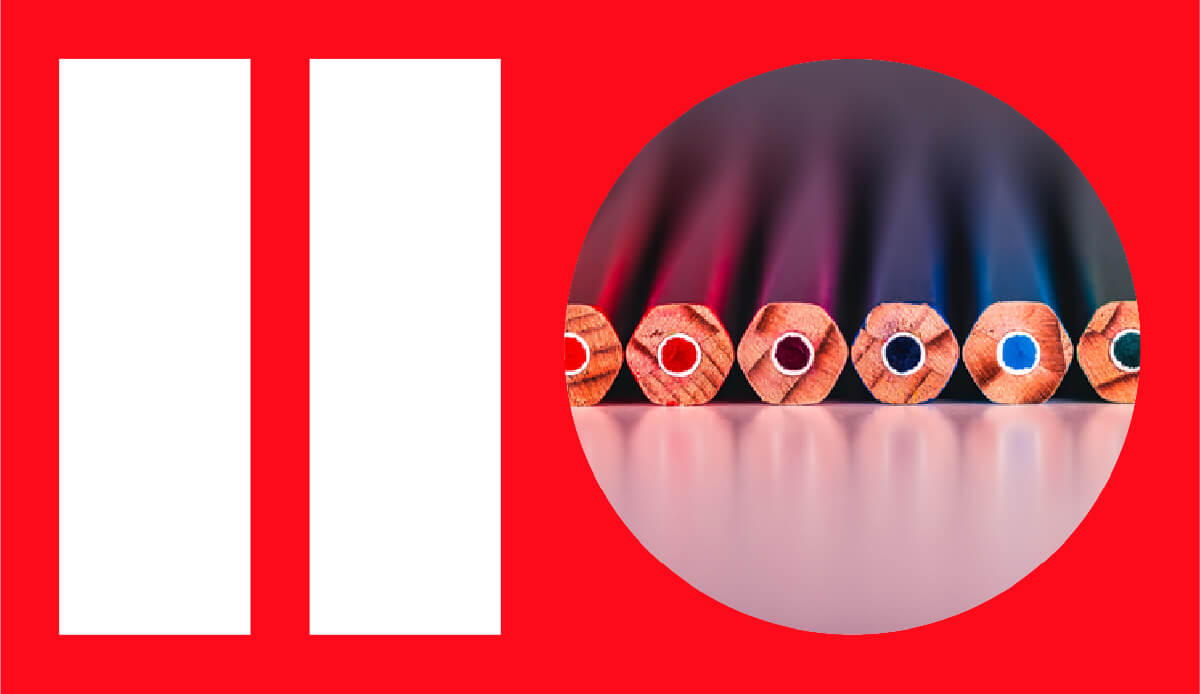The Different Types Of Influencers: How & When To Leverage Their Reach

Despite what doomsday headlines want one to believe, influencer marketing has not reached its demise. If anything, it is flourishing as the most trusted form of marketing, considering six out of ten consumers would purchase an item endorsed by influencers.
However, the trick to perfecting an influencer strategy is to pick the right types of influencers for the job. Here’s your guide to getting it right.
Types of Influencers Based on Follower Count
Follower count is a pivotal metric in classifying the different types of influencers. After all, it connects directly to the influencer’s reach, engagement, and clout, a.k.a their sphere of influence. Accordingly, the types of influencers based on the follower count can fit any of the categories given below:
Nano Influencers (1k – 10k)
- Number of followers: 1,000 to 10,000
- Suitable for: Entering a niche market segment.
- How to find them: Monitoring brand mentions.
- How to connect with them: Directly over Direct Messages (DMs).
These are your regular social media users who have earned a respectable following. They connect with their followers personally and are known for posting genuine, credible, and relatable content. For this reason, nano influencers offer the highest engagement rates.
Micro-Influencers (10k – 100k)
- Number of followers: 10,000 to 100,000
- Suitable for: Priming and nurturing leads.
- How/Where to find them: Using social listening tools.
- How to connect with them: Directly over DMs.
Even though micro-influencers have a strong following, they make efforts to engage with all their followers. These types of influencers manage to stay authentic while advocating for brands. They also have a distinct niche by this point and may only take up gigs that align with their target audiences.
Macro Influencers (100k – 1M)
- Number of followers: 100,000 to 1,000,000
- Suitable for: Attracting and engaging prospects.
- How to find them: Carrying out hashtag research.
- How to connect with them: Over contact details that are mentioned in their profiles
Macro influencers are typically content creators that started early and now enjoy a first-mover advantage in the influencer marketing trade. They boast a powerful following, which they have cultivated over the years. Their broad appeal and multi-platform presence make them an attractive option for brands looking to gain traction.
Mega Influencers (1M+)
- Number of followers: > 1,000,000
- Suitable for: Establishing brand presence amongst a wider audience.
- How to find them: Identifying a relatable celebrity.
- How to connect with them: Through talent management agencies.
Mega influencers comprise stars, industry leaders, and celebrities enjoying a massive following. They don’t necessarily have to be experts in the respective industry or field, but a single post from them can propel your brand to new heights. However, you need a substantial marketing budget to engage these types of influencers.
Types of Influencers Based on Content Type
Some influencers have a propensity for specific campaigns and content formats. While some may restrict their deliverables to limited content types, others may have a diversified offering – typically in a tiered model. Based on these parameters, the types of influencers could forge brand associations along these lines:
- Sponsored Posts: These posts could be videos, photos, or text on platforms like YouTube, Instagram, Twitter, or LinkedIn, where the influencer publicly posts about a brand or its product or services.
- Reviews and Recommendations: Influencers share honest feedback of their experiences with your product or service or recommend them to their followers.
- Product Unboxing: Influencers post videos unboxing the product and share their first impressions.
- Tutorials and How-To Guides: These types of influencers generate instructional content to demonstrate the usability and applicability of a product or service.
- Contests and Giveaways: They collaborate with brands to organise and promote contests or giveaways to drive engagement.
- Affiliates: They give shout-outs to brands or promote products by sharing unique codes to incentivise the sale of certain products and services.
- Guest Content: The influencer stars as a guest and contributes branded content (think blogs, vlogs, podcasts, etc.) to make the brand relatable.
- AMA or Q&A Sessions: Here, the influencer interacts with audiences on live streams and answers questions related to the product/service being marketed.
- Account Takeovers: Influencers take charge of the brand’s social media account for a defined period to produce content and engage with audiences.
- Brand Ambassadors: Brand ambassadors endorse the complete brand and promote its products through sponsored content, product placements, recommendations, etc.
Depending on the type of brand association, businesses may have to pay a one-time fee, a recurring payment, or a retainer to meet campaign objectives.
Types Of Influencers Based On Industry Or Niche
Businesses can categorise the different types of influencers depending on their industry. Some of the common industries and niches that leverage influencer marketing include:
- Fashion
- Health and Wellness
- Beauty
- Lifestyle
- Technology
- Food
- Sports and Fitness
- Travel
- Parenting
- Gaming
- Finance
Key Takeaways
Here are some key points you should remember about types of influencers for leveraging their benefits:
- Nano influencers offer high engagement stemming from relatability, making them suitable for niche audiences.
- Micro-influencers appeal to select dedicated followers while retaining some authenticity.
- Macro influencers offer broader reach and greater brand exposure.
- Mega influencers deliver widespread publicity but may lack the personal touch.
- You can further choose influencers on the basis of the content format, type of association, and industry that they serve for more tailored needs.
- Selecting the right set of influencers can help marketers craft effective campaigns.
Working With M+C Saatchi Performance
Influencer marketing is set to become a force to reckon with, which is why the majority of marketers continue to trust it. However, everything boils down to a company’s ability to identify the right types of influencers. You need an influencer (or a set of influencers) that appeals to your target audience, engages prospects, and fits your budget – all in one go. Such a feat is only possible when businesses strategize their influencer marketing program.
At M+C Saatchi Performance, we work closely with our clients to curate and execute impactful influencer marketing campaigns. Be it Talent Management, Creative Strategy or Measurement and Reporting, we have got you covered regardless of the platform, content type, or industry. Reach out to us to discuss your next influencer marketing campaign.

